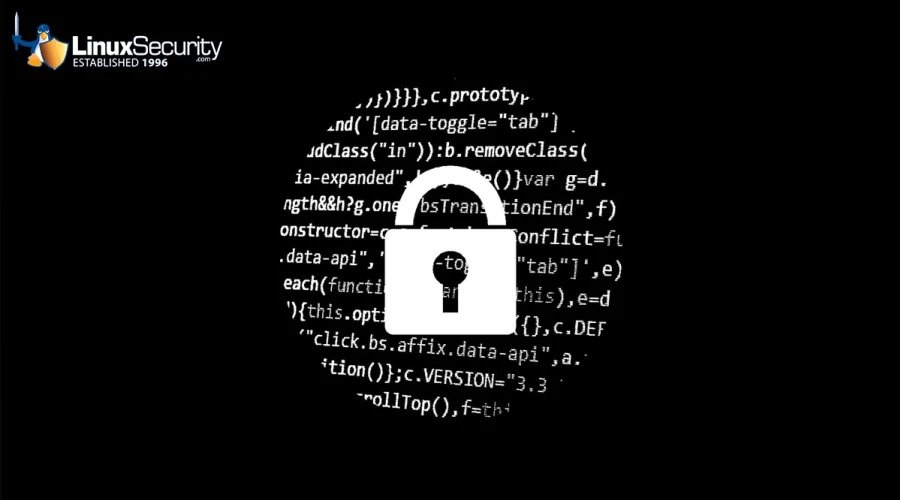Telegram-Controlled Backdoor Trojan Targets Linux Servers

Recently, new information revealed by Doctor Web virus analysts has sent shockwaves through the cybersecurity world. It details a new cyber threat aimed specifically at Linux servers: the TgRat Trojan. This advanced Remote Access Trojan (RAT) is stealthier than its Windows equivalent, first seen in 2022.
To help you understand and protect against this emerging attack, I'll explain how TgRat works, who is at risk, and the defensive measures you can implement to secure your Linux servers.
What Is TgRat & How Does It Operate?
 Dr. Web's team identified TgRat as a Trojan that utilizes the Telegram corporate messaging application as its target platform. Once it has infiltrated systems, TgRat uses Telegram bots to establish communication channels with each other, turning an everyday application into an instrument of cybercrime.
Dr. Web's team identified TgRat as a Trojan that utilizes the Telegram corporate messaging application as its target platform. Once it has infiltrated systems, TgRat uses Telegram bots to establish communication channels with each other, turning an everyday application into an instrument of cybercrime.
Once infected, TgRat starts verifying its victim by comparing its hash against a predefined string. If it matches, TgRat activates, connects to the internet, and initiates contact with its Telegram-controlled command-and-control (C&C) server for control and communication purposes.
The use of Telegram is particularly ingenious, as traffic to its servers is typically perceived as harmless and thus hides trojan activity. Attackers can then send commands to an infected system through private Telegram groups to complete various tasks, such as downloading and uploading files, running commands, or taking screenshots.
Who Does This Threat Target?
Organizations using Linux servers are at particular risk, especially if their network security measures do not actively monitor encrypted traffic or the execution of unrecognizable scripts. Telegram is a widely used app, so its data exchange could bypass traditional security frameworks unnoticed.
Companies without rigorous endpoint protection or segmentation could be vulnerable to system infiltration if even one node is compromised and falls prey to widespread system infiltration.
Defensive Strategies Against TgRat for Linux Admins
 To effectively defend against threats like TgRat, system admins should implement a multi-layered security plan. Below are steps you can take to protect Linux servers:
To effectively defend against threats like TgRat, system admins should implement a multi-layered security plan. Below are steps you can take to protect Linux servers:
- Implement Strict Network Monitoring: For adequate network security, utilize intrusion detection systems (IDS) and intrusion prevention systems (IPS), with monitoring software configured to flag any potentially unwanted communication from known messaging platforms like Telegram.
- Regular Software Updates: To stay secure from trojans such as TgRat, keep all system software and dependencies updated. Updates often contain patches for security holes exploitable by these threats.
- Robust Encryption and Access Controls: Encryption alone may not protect against Trojan attacks, especially using encrypted channels like Telegram to send commands to computers and mobile phones. Implement strict access controls and use application whitelisting so only authorized scripts and processes can run.
- Comprehensive Antivirus Solutions: Employ reputable and up-to-date antivirus solutions capable of detecting known trojans and suspicious system behaviors related to unknown malware variants.
- Employee Education and Awareness: Since trojans may arrive through phishing attacks or social engineering techniques, raising employee awareness of unexpected links or attachments is one of the best defense mechanisms against trojans.
- Backup and Disaster Recovery Plans: Maintain regular backups stored safely offline and update them as often as necessary. An effective disaster recovery plan can significantly limit any data breach damage.
- Segmenting Networks: Dividing up your network into segments can limit how far an attacker can travel laterally across it if they gain entry to one area.
Our Final Thoughts on TgRat
The recent discovery of the TgRat trojan targeting Linux servers is a stark reminder of how cybercriminals exploit widely used technologies, even ones traditionally considered secure, like Linux. No system is immune from sophisticated malware attacks. Proactive security enhancement and monitoring with swift response strategies will be critical in combatting future cybersecurity threats.













